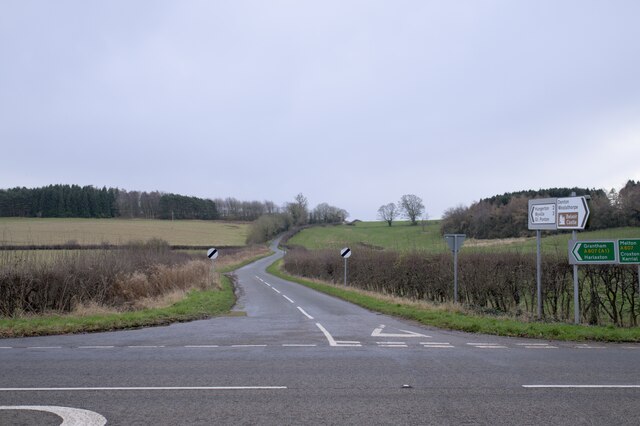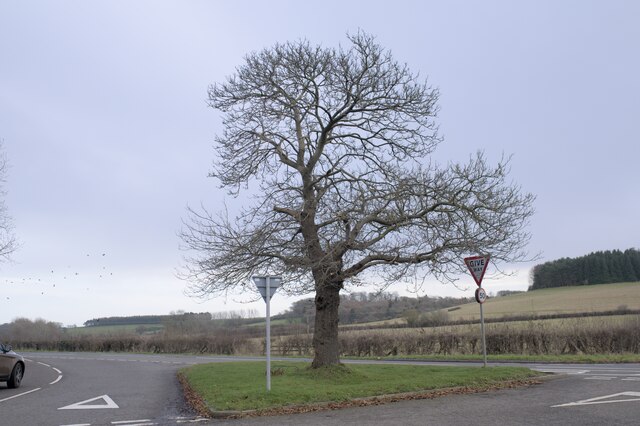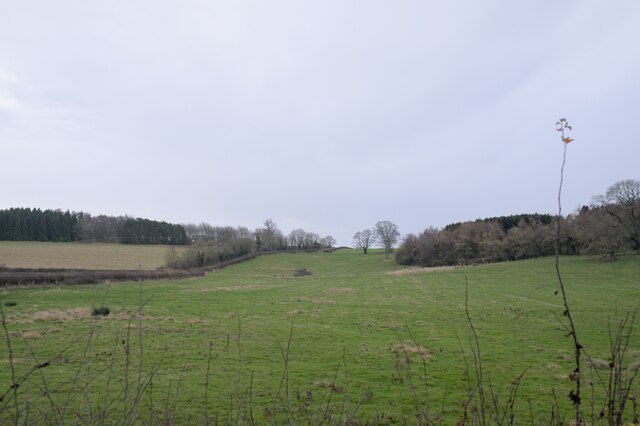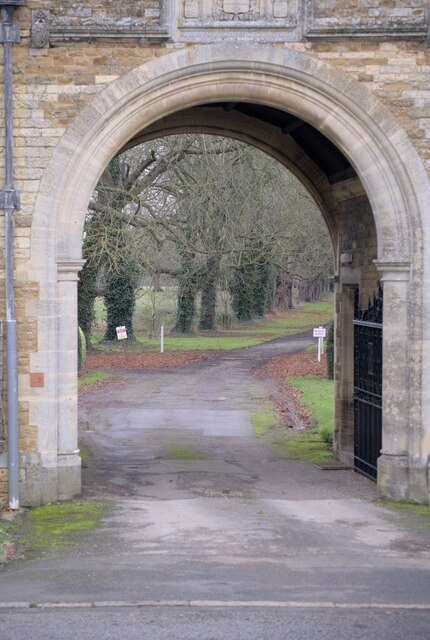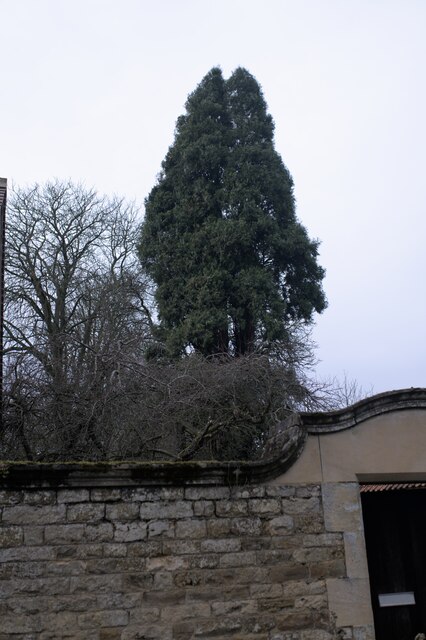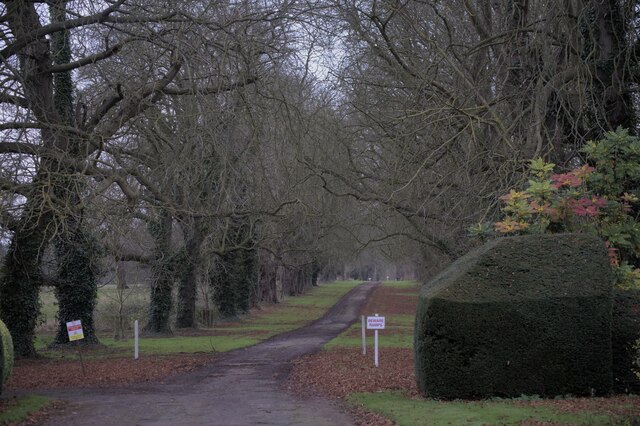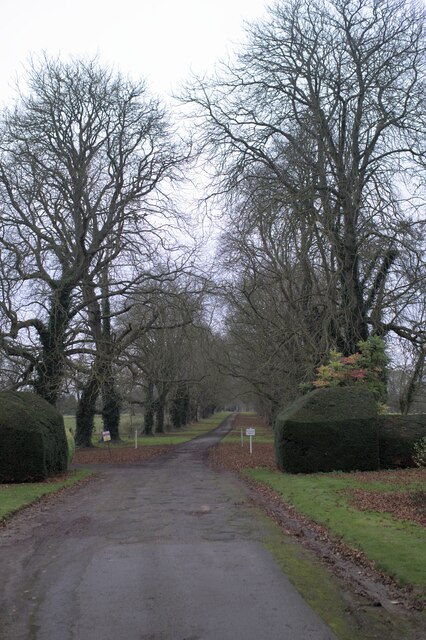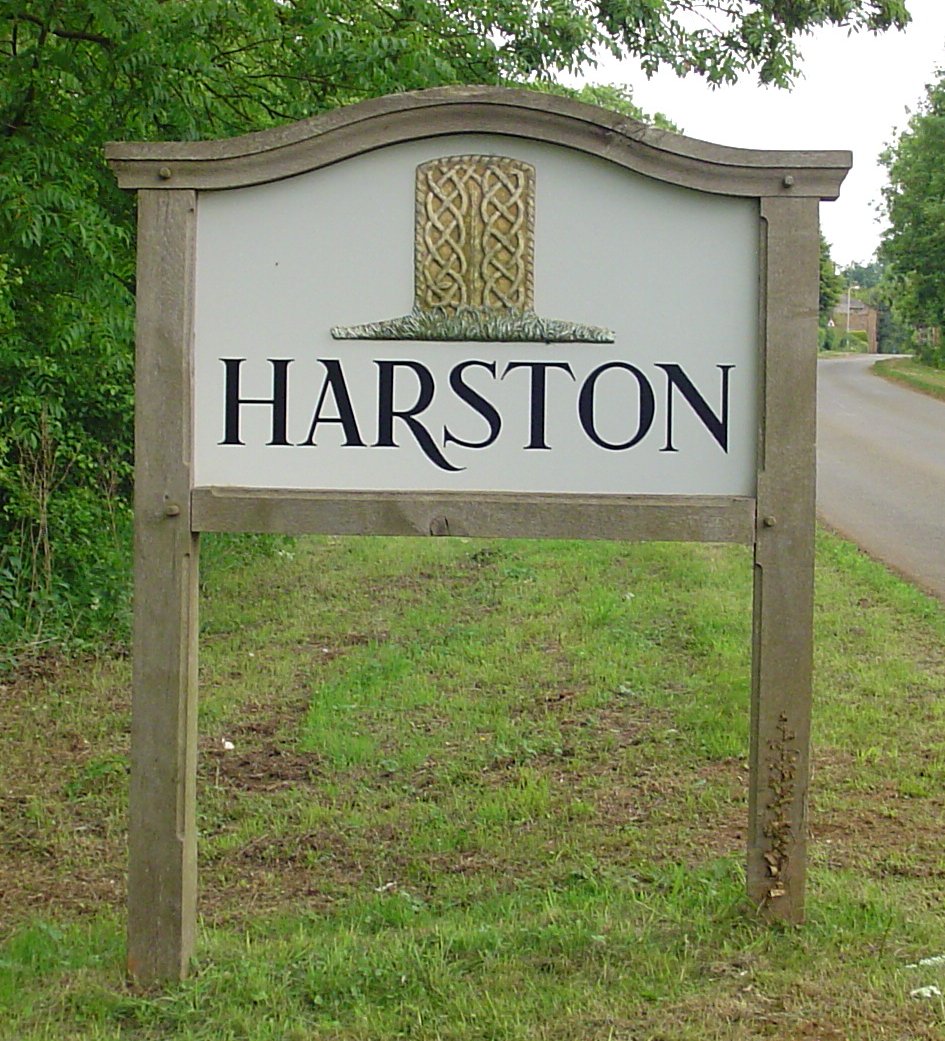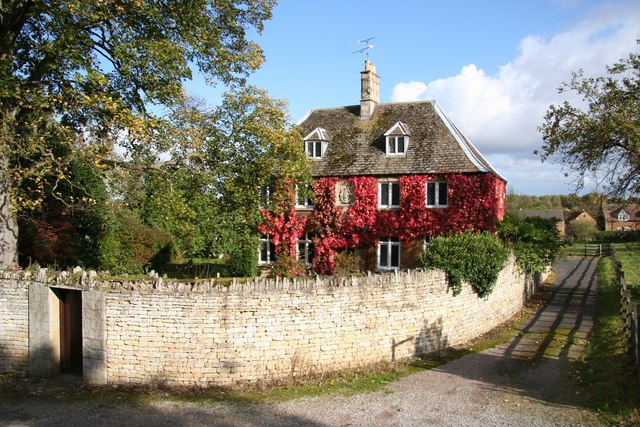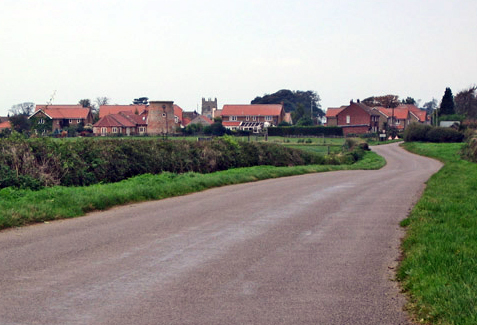Cogdale Holt
Wood, Forest in Lincolnshire South Kesteven
England
Cogdale Holt
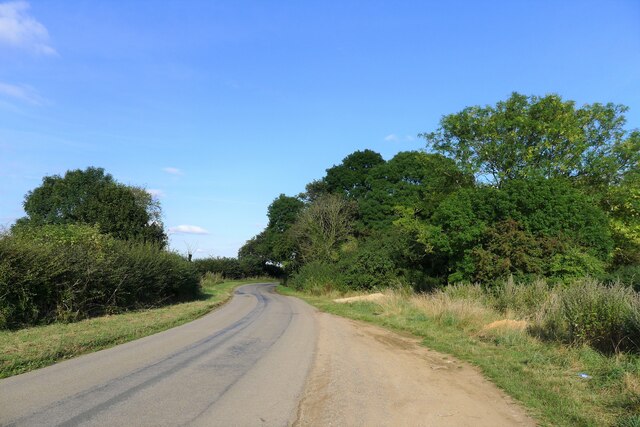
Cogdale Holt is a picturesque woodland located in the county of Lincolnshire, England. Situated near the village of Cogdale, this woodland area covers a vast expanse of approximately 500 acres. It is a haven for nature lovers and outdoor enthusiasts, offering a serene and tranquil environment.
The woodland is predominantly composed of various species of trees, such as oak, birch, and beech, which provide a lush and verdant canopy. The forest floor is adorned with a diverse array of flora, including bluebells, ferns, and mosses, creating a vibrant and enchanting landscape.
Cogdale Holt is home to a wide range of wildlife, making it a popular spot for wildlife enthusiasts and birdwatchers. Visitors can expect to spot a variety of bird species, including woodpeckers, owls, and songbirds. The woodland also hosts an array of mammals, such as deer, foxes, and rabbits, which can occasionally be seen foraging among the trees.
For those seeking outdoor activities, Cogdale Holt offers numerous walking trails and hiking routes, allowing visitors to explore the natural beauty of the area. The trails vary in difficulty, catering to both casual walkers and more experienced hikers. Along the paths, visitors may also come across secluded picnic areas, providing the perfect opportunity to relax and enjoy the surroundings.
Overall, Cogdale Holt in Lincolnshire is a captivating woodland retreat, offering a harmonious blend of natural beauty and recreational opportunities. Whether one seeks tranquility, wildlife encounters, or outdoor adventures, this forested area is sure to captivate and delight all who visit.
If you have any feedback on the listing, please let us know in the comments section below.
Cogdale Holt Images
Images are sourced within 2km of 52.873231/-0.7315366 or Grid Reference SK8531. Thanks to Geograph Open Source API. All images are credited.

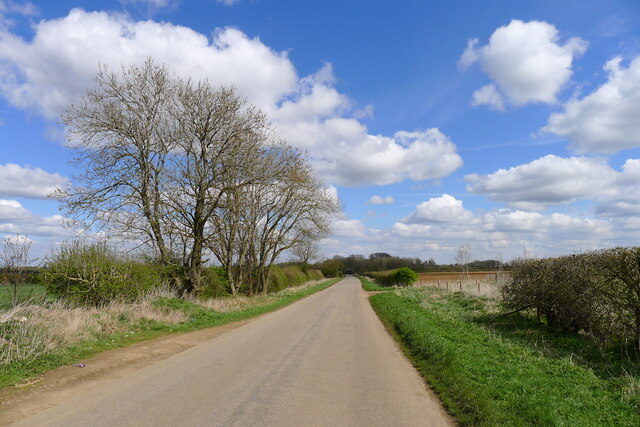
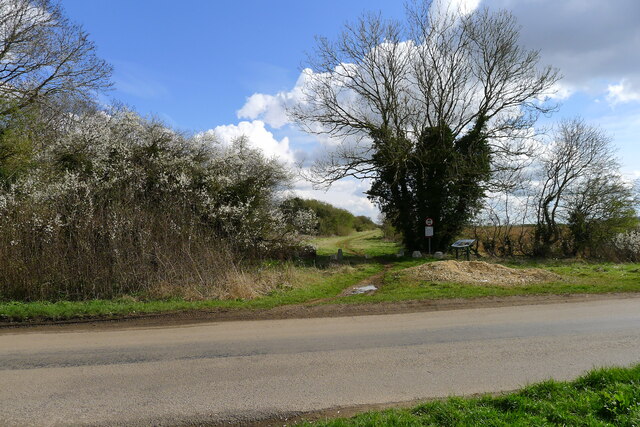
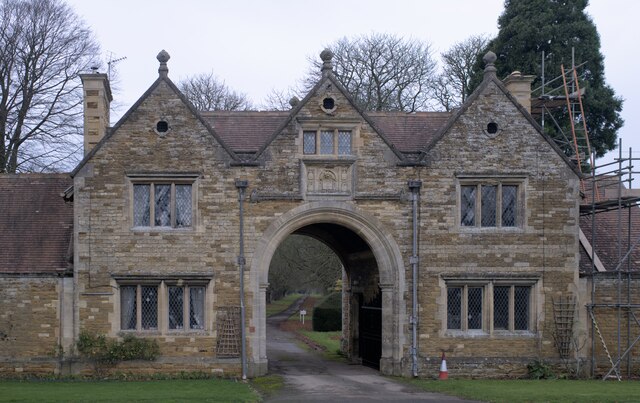
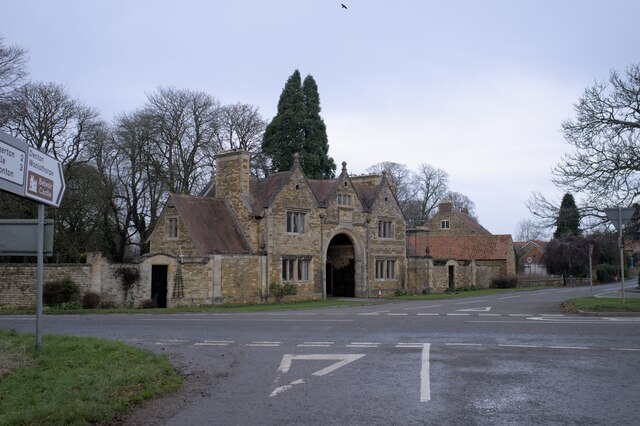
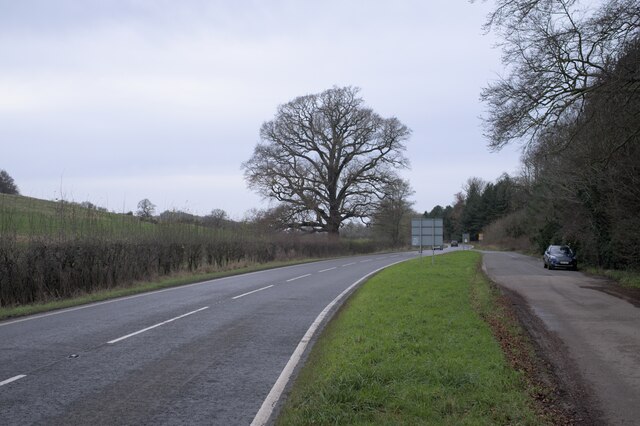
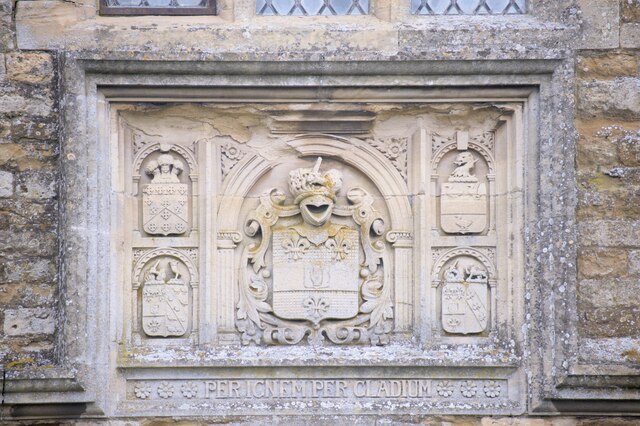
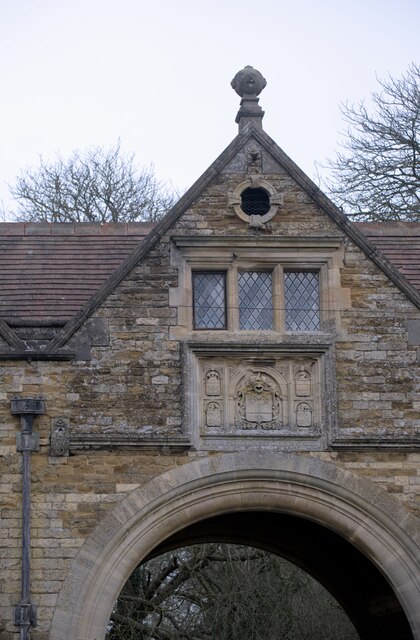
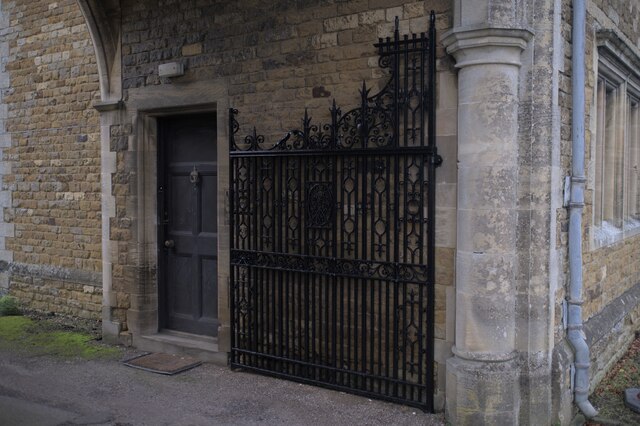
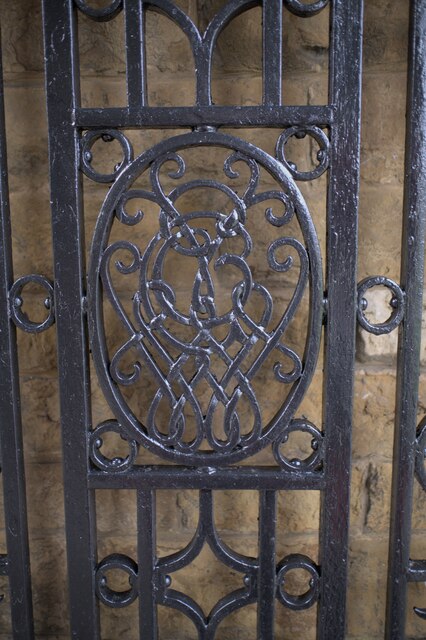
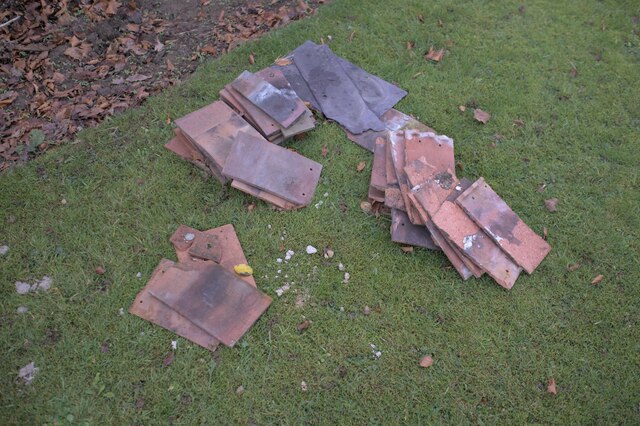
Cogdale Holt is located at Grid Ref: SK8531 (Lat: 52.873231, Lng: -0.7315366)
Administrative County: Lincolnshire
District: South Kesteven
Police Authority: Lincolnshire
What 3 Words
///triangles.polo.managed. Near Barrowby, Lincolnshire
Nearby Locations
Related Wikis
Harston, Leicestershire
Harston is a crossroads village and former civil parish, now in the parish of Belvoir, in the Melton district, in Leicestershire, England, near the border...
Denton, Lincolnshire
Denton is a village and civil parish in the South Kesteven district of Lincolnshire, England. The population of the civil parish was 273 at the 2011 census...
Croxton Kerrial
Croxton Kerrial (pronounced [ˈkroʊsən ˈkɛrɨl]) is a village and civil parish in the Melton borough of Leicestershire, England, 6.6 miles (10.6 km) south...
Croxton Abbey
Croxton Abbey, near Croxton Kerrial, Leicestershire, was a Premonstratensian monastery founded by William I, Count of Boulogne. == History == Croxton Abbey...
Nearby Amenities
Located within 500m of 52.873231,-0.7315366Have you been to Cogdale Holt?
Leave your review of Cogdale Holt below (or comments, questions and feedback).
